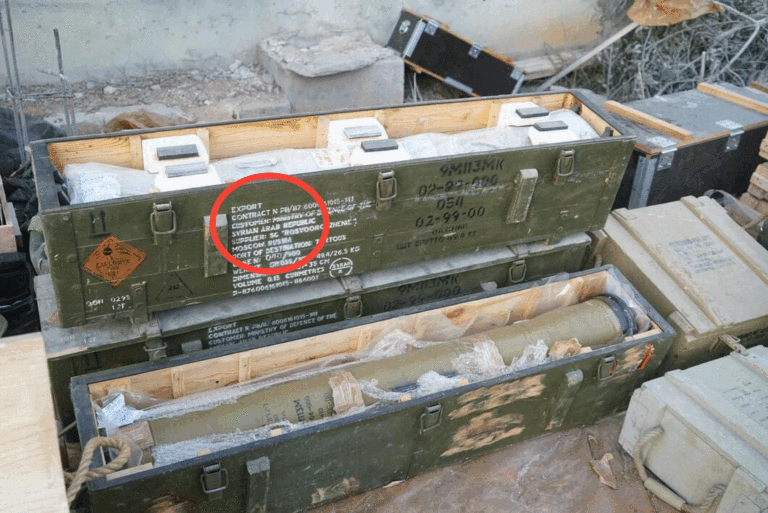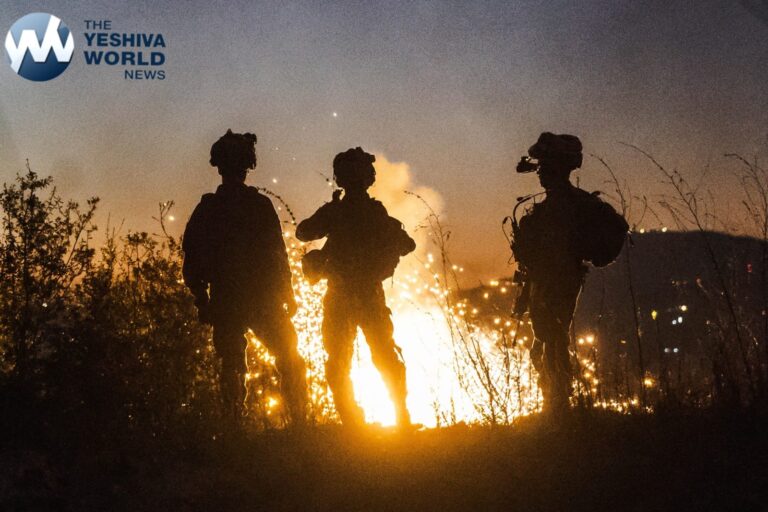Two Alaska sightseeing planes collided in 2019 because the views of the pilots were obscured and aircraft-tracking systems failed to warn them about nearby aircraft, federal investigators concluded on Tuesday. Six people died, and 10 people survived.
The National Transportation Safety Board in its probable-cause finding determined that the limitations of the “see and avoid” concept prevented the pilots from seeing each other before the collision. The board also cited a lack of alerts from the planes’ display systems.
The board during its meeting also noted the planes’ structures or a passenger had limited the pilots’ views.
Mountain Air Service pilot Randy Sullivan and his four passengers, and a passenger in a plane owned by Taquan Air were killed. Ten people were injured when the aircrafts converged at 3,350 feet (1,021 meters).
The NTSB, citing information provided by the operators, said the Ketchikan-based floatplanes were on sightseeing tours and both “converging on a scenic waterfall” before returning to Ketchikan when the crash occurred. Mountain Air’s single-engine de Havilland DHC-2 MK 1 Beaver and Taquan’s larger de Havilland DHC-3 Otter collided just after noon over the west side of George Inlet following tours of Misty Fjords National Monument.
NTSB Vice Chairman Bruce Landsberg said the “see and avoid” system that pilots rely on to avoid mid-air crashes doesn’t work well in high-traffic areas where the sight-seeing planes were traveling.
Chairman Robert Sumwalt said the pilots didn’t see each other in time to avoid a collision. Contributing factors included “preoccupation with matters unrelated to duties such as attempting to provide passengers with a scenic view and physiological limits on the human vision, reducing the time opportunity to see-and-avoid other aircraft,” he said.
Staff members told the board the Otter pilot recalled seeing a white and red flash, then a tremendous collision.
The Beaver pilot’s view would have been obstructed by the airplane’s structure and a passenger seated to his right during the critical moments before the crash. The Otter pilot’s view was obscured by a window post, the NTSB staff said.
William Bramble, the NTSB’s human performance specialist, told the board that both planes were equipped with systems that track other planes, but visual and audible alerts weren’t working in either plane.
“The Otter pilot seemed to miss seeing the target (the other plane) on the display because he last recalled looking at the display about four minutes before the collision,” Bramble said.
Contributing to the crash were the Federal Aviation Administration allowing new transceivers that lacked alert capability and the lack of a requirement for air-traffic-advisory systems to have audio alerts on planes flown by companies that carry passengers, according to the probable-cause finding.
Board members also recommended Tuesday that the FAA require planes that operate in high-traffic tour areas broadcast their locations to other aircraft.
The FAA said it had begun in October “a sweeping examination of safety issues specific to the challenges of flying in Alaska.” The agency said it would “carefully consider all of today’s recommendations from the NTSB as that work continues.” It said some are similar to recommendations an FAA safety team made after the accident and that the FAA is weighing or implementing the safety team proposals.
Sumwalt, speaking to reporters, said the investigation found systems limitations that weren’t necessarily known before.
He said before an Otter system was upgraded in 2015, its system could generate visual and aural alerts. After the upgrade, he said there were no algorithms to generate alerts. NTSB investigator Aaron Sauer said the upgrades installed in 2015 met the FAA standard at the time.
A safety issue the board noted was what it said was an “inadequate checklist” used in Taquan Air operations. The checklist found in the Otter did not include an item for a device that transmits certain altitude data, and the board recommend the carrier update its checklists, according to a summary of the board’s actions. The device on the plane had been off for two weeks, Sumwalt said.
Messages seeking comment were left for Taquan Air on Tuesday.
In documents released earlier by the NTSB, Otter pilot Lou Beck estimated his plane took five seconds to hit the water 10 miles (16 kilometers) northeast of Ketchikan. At least three people could be heard saying, “brace brace brace,” on a camera recording audio before the Taquan plane hit the water.
The Mountain Air Beaver plane broke up in flight, scattering debris across 3,000 feet (914 meters).
Mountain Air Service closed after the accident.
(AP)











